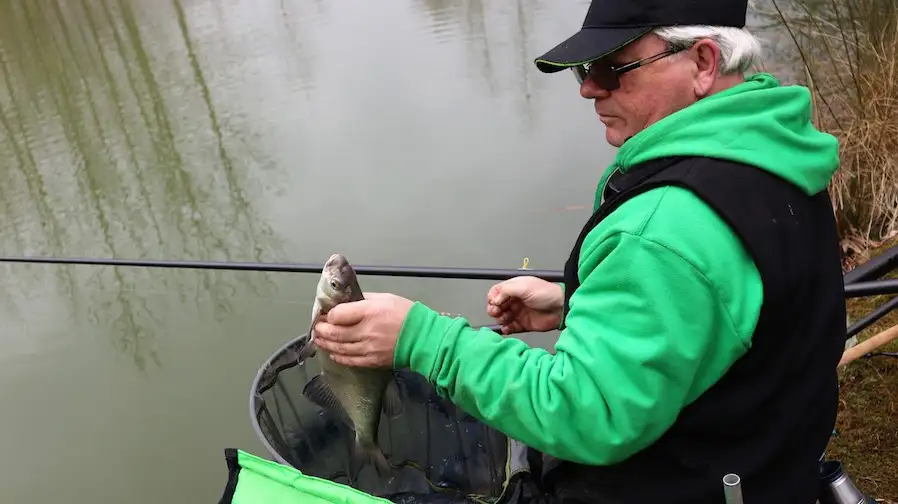This is a demo store. No orders will be fulfilled.
Monday Top 5 - Bream Fishing Tips

Location There two ways of looking at this, one being you go to the fish and the other being you bring the fish to you. Both approaches are equally effective. Trying to locate bream is a case of being on the water at first light on those stunning summer mornings, when you will see them rolling in an area. This is where you need to target and start fishing. In terms of bringing fish to you, try prebaiting an area for a few days prior to your trip; this can be done by balling in groundbait or using a feeder to apply bait into any area that you can fish. You'll turn up to fish and find the feed has attracted the bream shoal into the area and they are waiting for you.

Bait Choice Bream eat everything from maggots through to boilies. A great bream bait would be a designated fishmeal type bream groundbait, along with pellets, maggots, sweetcorn and casters. This will get them grubbing around. They also love additives like betaline, brasum and molasses. For hookbait try a 12mm fishmeal boilie, a worm, or a cocktail of baits, for example a worm and grain of corn.

Techniques Methods that catch bream are usually centred around fishing hard on the bottom. Slider float fishing, feeder fishing and scaled down carp fishing with bolt rigs all score best. It's up to you if you prefer watching a tip or float, or waiting for a buzzer. The most important element in the technique is that your hookbait mimics a freebie in the carpet of feed you have laid out hard on the bottom.
Feeding
Keep the bait going in. If you have caught a bream, keep topping up the bait, as the large shoals can soon clear out your bait and move on, especially if you are in a match, for instance. Use larger feeders or a spod to get a good bed of bait down, and regularly top up. If you are not getting bites, keep a small, steady trickle of bait on you spot and ensure you are clipped up and being accurate. A slab will soon slip up.

Fine Tuning Be prepared to alter things like your hookbaits, length of your rig and amount of time between feeding. Bream, as with every other fish, can feed differently each day depending on a huge number of factors, so be prepared to adjust things until you keep getting bites.
And if things dry up, don’t just plod along - change something. You'll often find that, by casting in a slightly different area, you start to pick up again, as you’ve just moved them slightly by catching their mates.
Best of luck the next time you are out targeting bream, I hope the tips help
